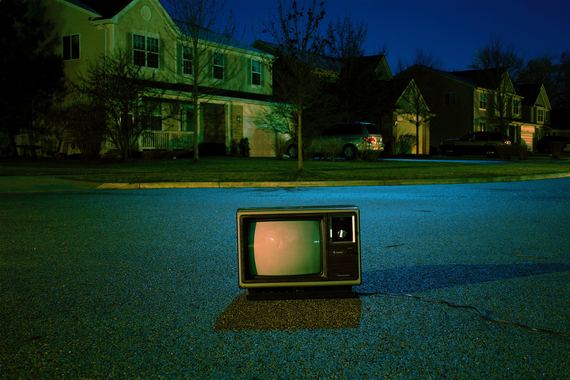There are good reasons for that strategy. To younger audiences, online is becoming everything. Whilst online platforms account for 7% of total UK viewing overall, amongst those aged 16 to 24, it is actually 31% and growing, according to BARB.
And these viewers are not simply watching the same traditional channels on their digital devices. Today’s YouTube star is yesterday’s TV celebrity – but, often with a larger audience and a stronger audience relationship. Quality is no longer in question. YouTube’s skateboarding-dog days are long gone.

(rights free image – unsplash)
The networks are responding to the shift to digital – by commissioning talent from across the media divide, by partnering with the growing crop of popular YouTube channel brands and by investing in the new wave of online producers. In recent months:
ITV has partnered with AwesomenessTV, maker of some of the most popular YouTube youth shows, to put its content and talent on both ITV2 and a new ITV Hub section.
DreamWorks founder Jeffrey Katzenberg is assembling a $2bn fund to bankroll new video content for mobile screens with the same kind of panache and budget as TV and Hollywood.
In all of these cases, and more besides, there is one common trend – companies trying to take content that worked successfully in one format and make it fit another format, in pursuit of audience engagement or greater riches.
After all, in the great transition from mobile to TV, the short-form stars, just like the big broadcasters, want to capture even more of their audience’s time, all the better to sell advertisers on. That is why Group Nine Media is talking about producing 22-minute versions of its web shows for telly.
It is only admirable that TV networks are trying to rejuvenate themselves, and that the biggest viral video celebrities are trying to go bigger. But, as they do so, both sides need to bear in mind a few fundamental truths.
1. The medium is the message
Media philosopher Marshall McLuhan coined the phrase in the 1960s, but it is truer today than ever before.
Every piece of content is shaped by the form of the containers and channels it inhabits. There is a reason TV shows tend to be half an hour long, giving advertisers ample opportunity to thread their own messages throughout. And there is a reason why YouTube cooking videos last only a few minutes, built for fleeting mobile viewing.
You can’t just take a form that works well in one format and magically make it succeed in another without refinement. The experience of Viceland, Vice’s new TV channel, is testament to that, with BARB ratings coming in at zero since launch. The key takeaway is, you need the right medium for the right content.
2. Don’t flip the “subscribe” switch
Everyone wants to make more money. All the key YouTube producers out there want to be making far more than they are in ad revenue, and they want more certainty than advertising, exposed to economic winds, affords.
Just as in other segments like newspapers and even broadcasting itself, subscriber revenue may be key. In the new world of broadcast partnerships, that may come in a separate, pay-for section of a broadcaster’s player platform.
But, whilst Netflix’s growth demonstrates consumers are happy to pay for premium and beloved video content, you can’t easily move from free publishing on a platform like YouTube to asking for payment.
A plausible strategy, however, will be to use linear channels as a teaser for subscription VOD offerings. A softer approach like this would require continuing to broadcast for free with scaled ad support, and choosing to use the enhanced exposure as a shop window for the premium offering.

(rights free image – unsplash)
3. Use talent wisely
To broadcasters today, young YouTube celebs in their twenties may seem like the future of TV. But commissioners should be wary to jump in with both feet.
A little-discussed truth about YouTube stars is that, after a few years of the high life and modest earnings, many tend to burn out and quit for a full-time job by the time they reach their thirties. TV execs, then, should get to know their new talent and understand their long-term aims before betting the farm.
What is more, YouTube celebrity is fickle and fast-moving. Someone hot today could be not tomorrow. A responsible approach to integrating digital video, then, would involve rolling different talents in and out of a show, rather than creating a whole show around an individual.
So broadcasters should think about enduring format, not about fleeting stars.
— This feed and its contents are the property of The Huffington Post UK, and use is subject to our terms. It may be used for personal consumption, but may not be distributed on a website.